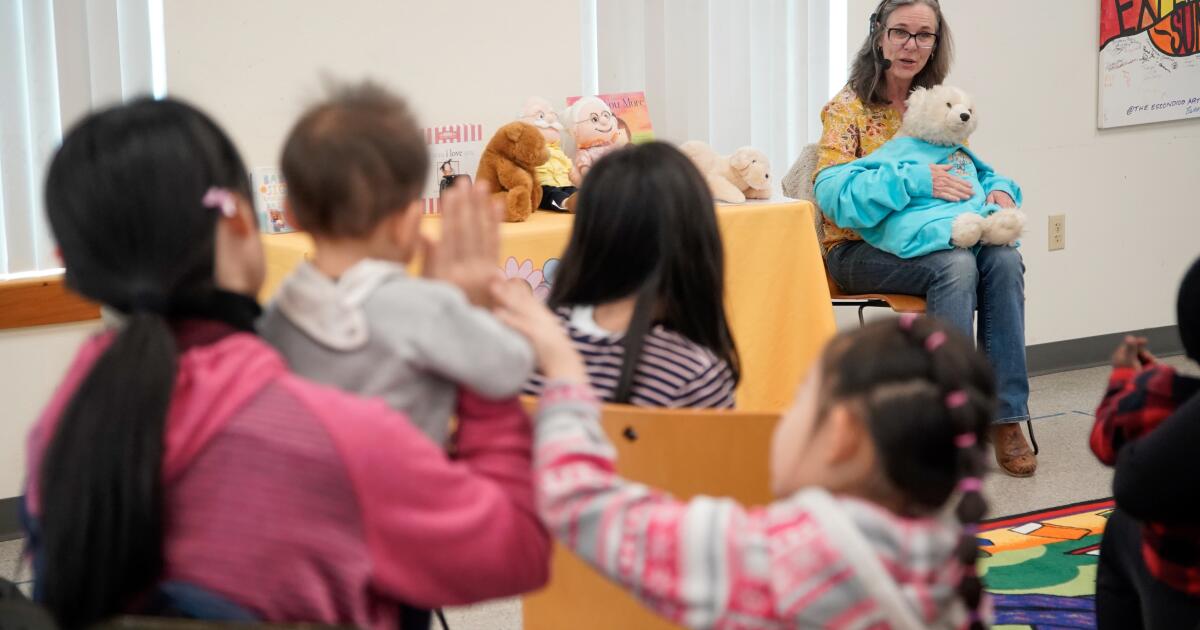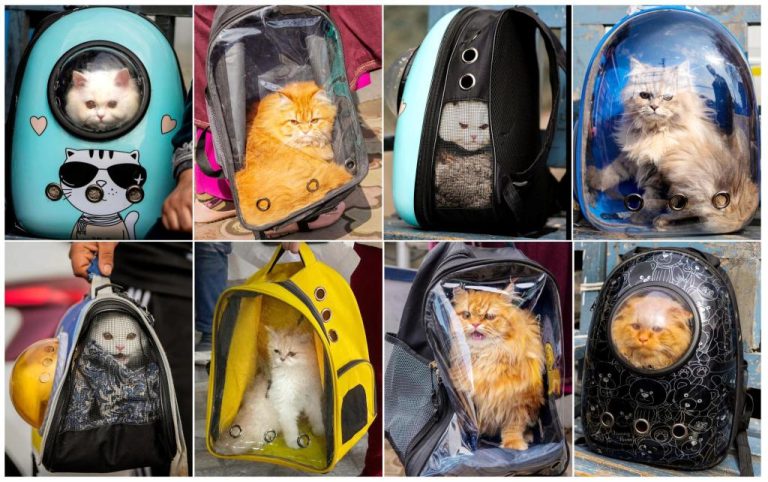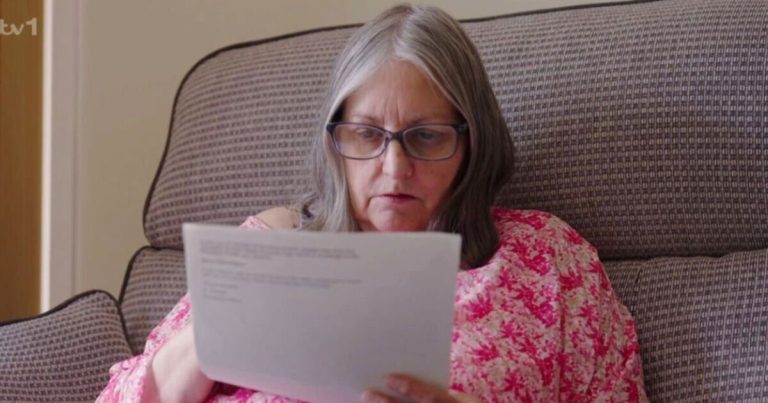
Library branches in many San Diego low-income neighborhoods are looking spiffier and hosting more magicians, author talks and science demonstrations thanks to a 5-year-old donation equity program.
Half a million dollars per year that had been doled out mostly to library branches in wealthy neighborhoods has been re-routed to the branches in low-income areas that get the most use by the public.
“It’s really significant because we’re able to level the playing field,” said head librarian Misty Jones. “It allows the branches to have some really impactful programming for their communities.”
The money can also be spent on new couches, carpeting, computers, printers, security cameras and other kinds of equipment. But it can’t be spent on personnel.
The equity program, which city officials believe is the first of its kind in the nation, was prompted by concerns that the city’s policy on private donations was essentially creating a double impact.
To encourage more private donations to local libraries, the city began matching such donations with an equal amount in 1980. So if someone donated $10,000 to the La Jolla branch, the city would donate another $10,000 to the same branch.
Because branches in wealthy areas typically get far more in private donations than branches in low-income areas, the matching program widened already large disparities in funding for activities, programming and equipment.
City officials decided in 2018, based on a recommendation from the city auditor, to divide the annual $1 million matching pool in half — $500,000 for traditional matches and $500,000 for a new equity pool.
Each year, city officials study demographics, income statistics and branch usage data to determine how to dole that money out. And city officials say the results have been remarkable.
Some branches in low-income areas, such as City Heights and Mountain View, now get more than $20,000 per year from the equity pool, while branches in wealthier areas, such as La Jolla and Carmel Valley, get as little as $2,000.
“When the match was one to one, there were large gaps,” said Pat Wilson, president of the nonprofit Friends of the San Diego Public Library. “This program really has made a big difference in what the branches get.”
It’s also dramatically increased what many branches can offer residents, said Christa Gush, president of the nonprofit’s City Heights chapter.
“We went from two to three programs each week to multiple programs almost every day,” Gush said. “We have more story hours and more programs for teens, especially.”

Activities at the City Heights Library, pictured on Friday, Feb. 16, 2024, are made possible by the new library equity program that shifts donation money from branches in high-income areas to branches in low-income areas.
(Alejandro Tamayo/The San Diego Union-Tribune)
The money also gives the group flexibility and an opportunity to be more ambitious, she said.
“It’s just amazing — $5,000 per year versus $25,000 to $30,000,” she said.
Gush said residents in City Heights care about their library just as much as in other neighborhoods, if not more. They just don’t have the means to donate.
“We don’t have a lot of rich donors in our neighborhood,” she said. “We have a lot of blue-collar workers and immigrants.”
Gush said many users of the City Heights branch have noticed the difference, but most of them don’t understand why or how it happened because the program hasn’t gotten much publicity and is complicated to explain.
“People have no idea,” she said.
Councilmember Marni von Wilpert called the program an example of a social justice effort that has had exactly the intended result, which she said doesn’t always happen.
“I think this is one of the most truly successful programs we have gotten off the ground,” she said. “Communities that don’t have wealthy donors — their children are still benefiting. San Diego thrives if every child knows how to read.”
Von Wilpert also praised city officials for only re-routing half the matching money, speculating that re-routing all of it would have significantly discouraged donations.
Councilmember Jennifer Campbell said it’s hard to imagine the program working any better.
“It’s wonderful when we can see the policies we put in effect actually come to fruition,” she said.
In the fiscal year that ended last June, city officials tried to increase the impact of the program by increasing the maximum amount of the city’s annual match from $1 million to $1.2 million.
The change could have increased the equity pool from $500,000 to $600,000, but it only jumped to $526,000 because private donations were just over $1 million for that fiscal year.
During the five years the program has been in place, City Heights has received the most equity pool money at $139,000, followed by Otay Mesa at $135,000, the downtown library at $127,000, Mountain View at $114,000 and Mira Mesa at $107,000.
The branches with the least equity pool money are Carmel Valley at $9,100, La Jolla at $10,200 and University City at $14,400. One tier up are Scripps Ranch at $21,000, Allied Gardens at $22,000, Carmel Mountain Ranch at $28,000, Mission Hills at $31,000 and Rancho Bernardo at $36,000.
But most of these branches have large budgets for activities and equipment, because they receive a significant amount from private donations and because the city matches that money at a rate of 50 percent.







